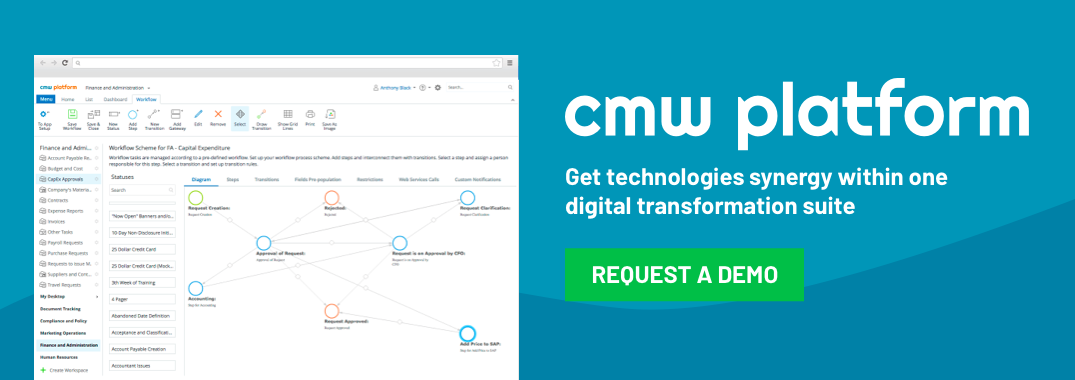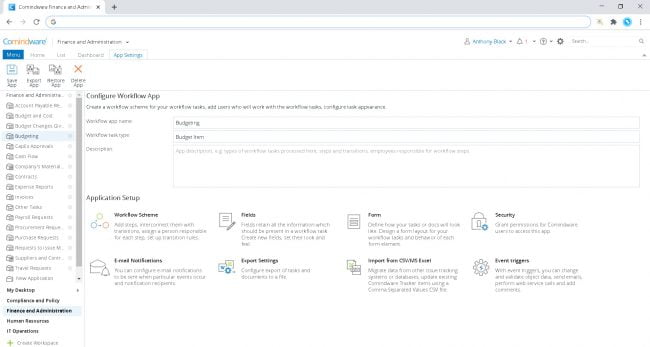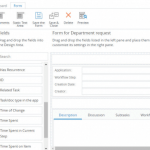MDM Workflow Management: Your Blueprint for Data Excellence
February 7, 2025
In the modern business landscape, data is your most valuable asset. However, disorganized, inconsistent, or unreliable data can become a significant liability. MDM Workflow Management provides a strategic framework for controlling, cleansing, and delivering high-quality master data across your organization. This article will explore the importance of master data workflow, its key components, and how a well-designed mdm process can transform your organization.

Table of Contents
Understanding Master Data Management (MDM)
Before delving into the specifics of MDM Workflow, let’s clarify what is master data management. Master data encompasses the critical business entities shared across systems, such as customer information, product details, vendor records, and location data. Effectively, whats is mdm? It’s the discipline of managing this shared data to ensure consistency and accuracy, creating a single source of truth. A business glossary is vital to ensure common understanding across the business.
 Get your business data gathered properly and easily available for key business processes.
Get your business data gathered properly and easily available for key business processes.Why is MDM Workflow Management Important?
MDM Workflow is the orchestrated set of steps, business rules, and approvals that govern the creation, modification, and distribution of master data. Without a robust master data management workflow, inconsistencies arise, leading to poor decision-making, inefficient operations, and increased costs. A sound data management workflow provides structure, process automation, and visibility into your organization’s most critical information.
Key Elements of an Effective MDM Process Flow
A typical mdm process flow incorporates the following:
- Data Ingestion: Bringing data into the MDM system from diverse sources. This can be a manual or automated ETL (Extract, Transform, Load) process.
- Data Profiling: Analyzing data to identify quality issues, inconsistencies, and patterns.
- Data Cleansing: Correcting errors, removing duplicates, and standardizing data formats (Data standardization). Techniques involve the usage of Data cleansing and Data validation.
- Data Matching and Entity Resolution: Identifying and linking related records across different source systems to create a “golden record.” This is achieved through Matching algorithms and Record linkage.
- Data Enrichment: Augmenting master data with external data sources to improve its completeness and accuracy.
- Workflow and Approval: Implementing an approval process to ensure that data changes are reviewed and approved by appropriate Data owners.
- Data Governance: Establishing policies and procedures for managing data, defining Data standards, ensuring Data security, and overseeing Compliance.
- Data Distribution and Data Synchronization: Publishing and synchronizing master data to downstream systems.
- Data Lineage and Auditing: Tracking the origin, transformations, and usage of data to ensure data governance, Version control, and accountability.
Selecting the Right MDM Tools and Technologies
Numerous mdm tools are available to facilitate MDM Workflow. Selecting the right tools is critical for success. Some leading options include:
- Informatica MDM: Provides a comprehensive suite of tools for data quality, data governance, and data integration. Explore informatica mdm workflow capabilities for your unique needs.
- Stibo STEP: A multi-domain MDM solution for managing product, customer, and other master data entities. Refer to stibo step documentation and stibo step tool tutorial for implementation guidance.
- Enterworks MDM: A cloud-native MDM platform that provides a flexible and scalable solution.
- Talend MDM: Offers data profiling, data cleansing, and data integration capabilities. See resources regarding mdm talend for specific feature sets.
- Data catalog and Data discovery tools enhance visibility and understanding of your data assets.
- Don’t forget to review the mdm tools list and the mobile device management tools list to ensure that you are covering all bases.
Consider the implementation as if in an mdm laboratorio.
Best Practices for a Successful MDM Implementation
A successful MDM implementation strategy requires careful planning and execution. Here are some key best practices:
- Establish Data Governance: Implement clear Data governance policies, define Data stewardship roles, and establish a Business glossary.
- Define Data Quality Metrics (DQ Metrics): Set measurable targets for data accuracy, completeness, and consistency.
- Choose the Right Approach: Consider Cloud MDM, On-premise MDM, or Hybrid MDM deployment models based on your organization’s requirements.
- Implement a Phased Approach: Start with a focused pilot project and gradually expand the scope of your MDM initiative.
- Secure Executive Sponsorship: Gain buy-in from senior leadership to ensure that the project receives the necessary resources and support.
- Consider mdm interview questions as the project advances to bring in and secure skilled professionals.
- Process automation is the key for efficiency in this process.
MDM and Specific Data Domains
MDM is applied across various data domains:
- Product Data Management Process and Workflow: Ensure accurate and consistent product information across all channels.
- Provider Data Management Process Flow: Manage healthcare provider information efficiently.
- Material Data Management: Centralize and standardize material data for efficient supply chain management.
MDM and Emerging Technologies
- Big data workflow management requires robust and scalable MDM solutions.
- Artificial Intelligence (AI) and Machine Learning (ML) can be used to automate data cleansing, data enrichment, and entity resolution.
- Knowledge graph technologies can visualize relationships between master data entities, providing valuable insights.
MDM in Specific Industries
Different industries have unique MDM requirements:
- Master Data Management in Pharmaceutical Industry: Compliance with regulatory requirements and accurate tracking of drug information are critical.
Examples of MDM Processes
Key mdm processes and master data processes include:
- Data Consolidation: Creating a data repository where information is centrally managed.
- Data Modeling: Establishing a logical representation of the data.
- Data Lineage: Tracking the flow and transformations of data throughout the organization.
More Concepts to Understand
Understand that operational MDM ensures the master data is used directly in the business. A data lake serves a different purpose than a master data hub, though both are part of the broader data ecosystem. Review an mdms expenditure statement to understand financial commitments and potential ROI. Some may use tools associated with mdg workflow or tools typically related to dynamics 365 workflow tools. Even aspects of lab workflow management could intersect MDM when dealing with clinical trial data or patient information.
Conclusion: The Power of Well-Managed Master Data
MDM Workflow Management is not just about technology; it’s about establishing a culture of data quality and accountability within your organization. By investing in a well-designed mdm workflow, implementing the right tools, and following master data management best practices, you can unlock the full potential of your data and drive significant business value.



